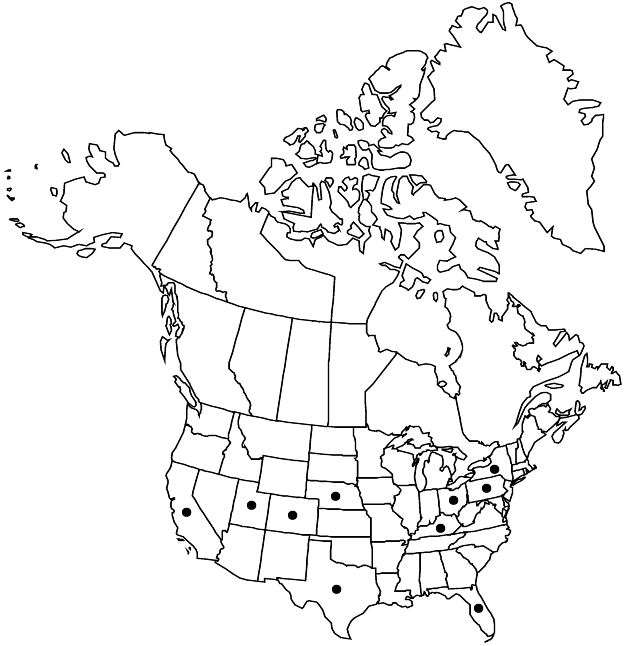Difference between revisions of "Linum grandiflorum"
Fl. Atlant. 1: 277, plate 78. 1798.
FNA>Volume Importer |
FNA>Volume Importer |
||
| Line 37: | Line 37: | ||
-->{{#Taxon: | -->{{#Taxon: | ||
name=Linum grandiflorum | name=Linum grandiflorum | ||
| − | |||
|authority=Desfontaines | |authority=Desfontaines | ||
|rank=species | |rank=species | ||
| Line 53: | Line 52: | ||
|publication year=1798 | |publication year=1798 | ||
|special status=Introduced | |special status=Introduced | ||
| − | |source xml=https://jpend@bitbucket.org/aafc-mbb/fna-data-curation.git/src/ | + | |source xml=https://jpend@bitbucket.org/aafc-mbb/fna-data-curation.git/src/eaa6e58056e40c9ef614d8f47aea294977a1a5e9/coarse_grained_fna_xml/V12/V12_370.xml |
|genus=Linum | |genus=Linum | ||
|section=Linum sect. Linum | |section=Linum sect. Linum | ||
Revision as of 19:57, 16 December 2019
Herbs, annual, 10–60 cm, glabrous, glaucous. Stems ascending or sometimes decumbent at base, usually freely branched. Leaves: blade linear to lanceolate or narrowly elliptic, 10–30 × 2–3(–7) mm. Inflorescences cymes, few-flowered. Pedicels 10–25 mm. Flowers heterostylous; sepals lanceolate, 7–11 mm, margins glabrous, apex acuminate; petals bright red to maroon, fading to purple, broadly obovate, 15–30 mm; stamens 8–10 mm; anthers 5 mm; staminodia not seen; styles connate proximal 1/2, 4.5 mm (short-styled) or 8–10 mm (long-styled); stigmas clavate. Capsules ovoid-globose, 6–7 mm diam., apex apiculate, segments persistent on plant, margins not seen. Seeds 2–3 × 0.5–1 mm. 2n = 16.
Phenology: Flowering Apr–Sep.
Habitat: Disturbed areas.
Elevation: 0–2700 m.
Distribution

Calif., Colo., Fla., Ky., Nebr., N.Y., Ohio, Pa., Tex., Utah, n Africa.
Discussion
Linum grandiflorum occasionally escapes from gardens and persists along roadsides and trails. This showy garden plant has blue anthers.
Selected References
None.